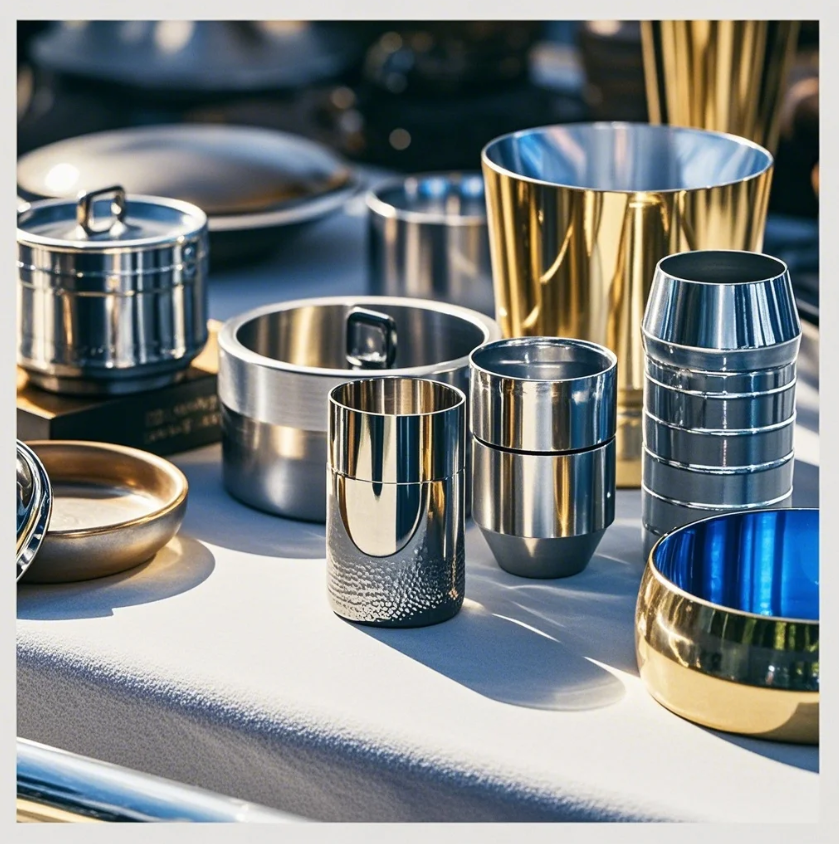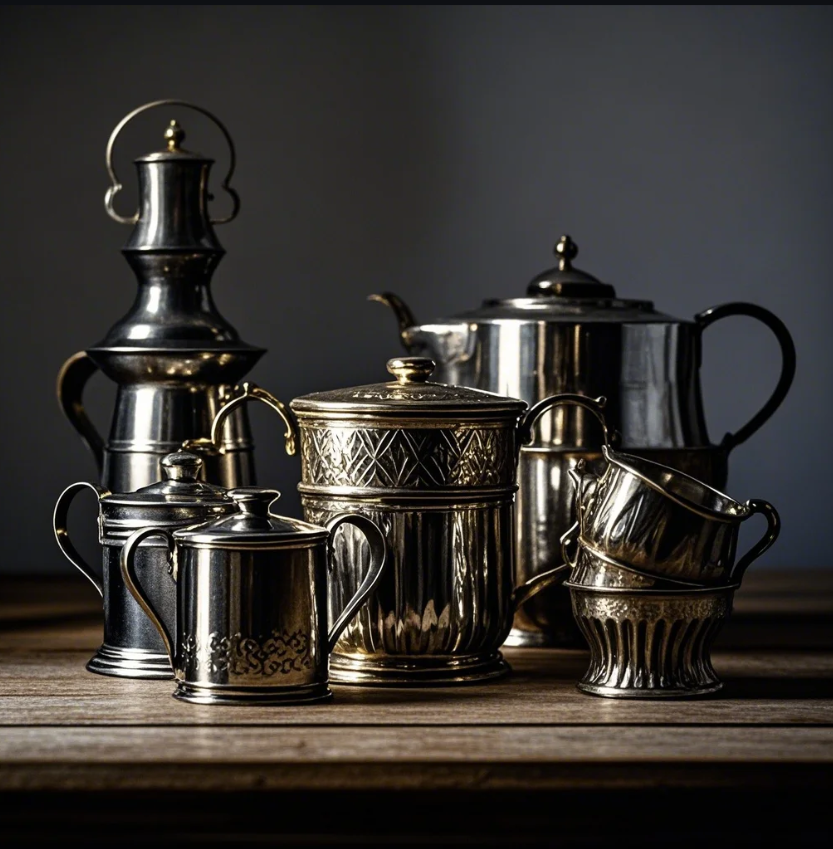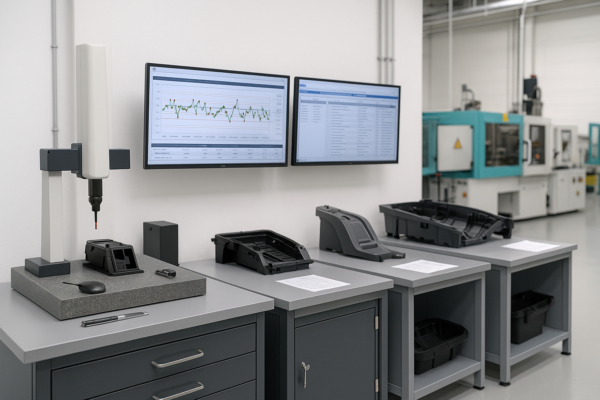What Are the 5 Major Metals?

Leading paragraph: Metals are essential to modern life, playing key roles in various industries. But, what are the five major metals that shape the world’s economy and infrastructure?
Snippet paragraph: The five major metals—iron, copper, aluminum, gold, and silver—are the backbone of industries such as construction, electronics, and manufacturing.
Transition paragraph: Let’s explore these five major metals and their roles in modern industry, from transportation to electronics.
What Are the 5 Basic Metals?
Leading paragraph: When discussing the basic metals, it’s important to understand their significance in the world of manufacturing and engineering. These metals are foundational to many industries.
Snippet paragraph: The five basic metals include iron, copper, aluminum, lead, and zinc. These are commonly used for construction, electronics, and more.

Dive-Deeper paragraph: The basic metals are fundamental to the functioning of modern society. Each of these metals has unique properties that make them suitable for different applications:
5 Basic Metals:
| Metal | Properties | Common Uses |
|---|---|---|
| Iron | Strong, magnetic, rust-prone | Construction, automotive parts |
| Copper | Highly conductive, malleable | Electrical wiring, plumbing |
| Aluminum | Lightweight, corrosion-resistant | Aircraft, packaging |
| Lead | Dense, malleable | Batteries, shielding |
| Zinc | Corrosion-resistant, ductile | Galvanization, batteries |
These metals are often used in everyday objects, from cars to electronics, and have been critical in shaping industrial progress.
What Are the Top 5 Metals in the World?
Leading paragraph: Some metals are more widely used and traded than others, having a significant impact on the global economy. But which five metals are the most prominent?
Snippet paragraph: The top five metals globally—iron, aluminum, copper, gold, and silver—are essential to global manufacturing, infrastructure, and technology.

Dive-Deeper paragraph: The top five metals in the world are critical to various industries, from construction to high-tech manufacturing. Their abundant availability and unique properties make them indispensable:
Top 5 Metals in the World:
| Metal | Abundance | Uses |
|---|---|---|
| Iron | Most abundant metal on Earth | Construction, machinery |
| Aluminum | Second most abundant metal | Aerospace, packaging |
| Copper | High demand globally | Electrical wiring, electronics |
| Gold | Rare and valuable | Jewelry, electronics, investment |
| Silver | Widely used in technology | Jewelry, electronics, solar panels |
These metals are at the heart of global industries, driving everything from technological advancements to large-scale construction projects.
What Are the 5 Heavy Metals?
Leading paragraph: Heavy metals are a category of metals known for their high density and toxicity in large amounts. But, which five metals fall into this category?
Snippet paragraph: The five heavy metals—lead, mercury, arsenic, cadmium, and chromium—are known for their toxicity and environmental impact when mismanaged.

Dive-Deeper paragraph: Heavy metals can be harmful to human health and the environment. These metals tend to accumulate in the body over time, leading to potential toxicity. Here are the five major heavy metals:
5 Heavy Metals:
| Metal | Properties | Common Uses |
|---|---|---|
| Lead | Dense, toxic in large amounts | Batteries, shielding, lead pipes |
| Mercury | Liquid at room temperature | Thermometers, lighting |
| Arsenic | Toxic, carcinogenic | Wood preservatives, pesticides |
| Cadmium | Toxic, accumulates in kidneys | Batteries, electroplating |
| Chromium | Corrosion-resistant, toxic | Stainless steel, coatings |
Proper handling and disposal of these metals are essential to prevent environmental contamination and health risks.
What Are 5 Metals and 5 Non-Metals?
Leading paragraph: In chemistry, metals and non-metals are grouped into different categories based on their properties. Here are five examples from each category.
Snippet paragraph: The five major metals are iron, copper, aluminum, gold, and silver. In contrast, common non-metals include oxygen, nitrogen, carbon, sulfur, and chlorine.

Dive-Deeper paragraph: Metals and non-metals differ in several key properties, such as conductivity, malleability, and reactivity. Here are five examples of each:
5 Metals and 5 Non-Metals:
| Metals | Properties | Non-Metals | Properties |
|---|---|---|---|
| Iron | Strong, magnetic | Oxygen | Gas, essential for life |
| Copper | Conductive, malleable | Nitrogen | Inert gas, abundant in air |
| Aluminum | Lightweight, corrosion-resistant | Carbon | Solid, forms many compounds |
| Gold | Malleable, corrosion-resistant | Sulfur | Brittle solid, yellow |
| Silver | Conductive, reflective | Chlorine | Reactive gas, disinfectant |
These metals and non-metals play essential roles in both nature and industry, from forming the structure of materials to enabling chemical reactions.
Conclusion
Metals like iron, copper, aluminum, gold, and silver are essential to industries worldwide, each playing a key role in everything from construction to technology. By understanding their unique properties, you can better select materials for your manufacturing needs. At Prime, we specialize in providing high-quality, custom metal parts that meet your specific requirements. Contact us now for a free consultation and customized solutions tailored to your needs.







